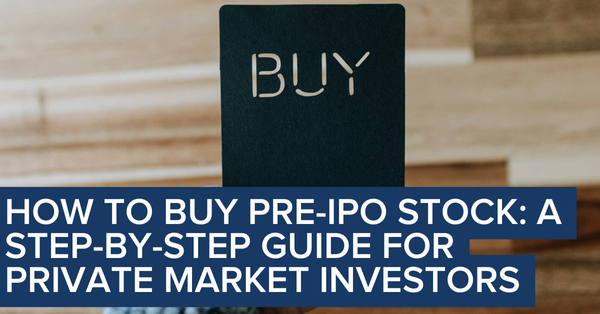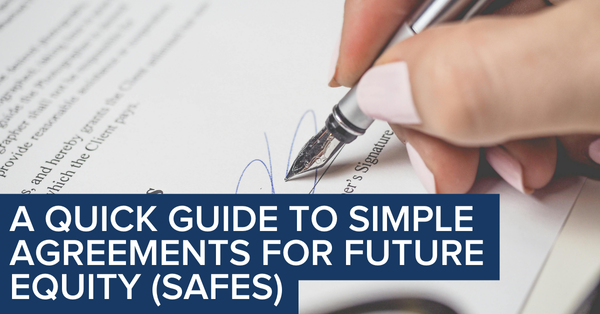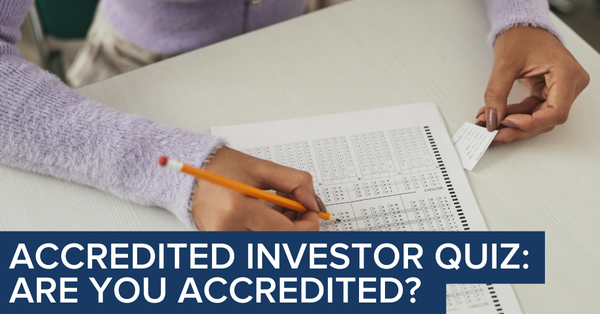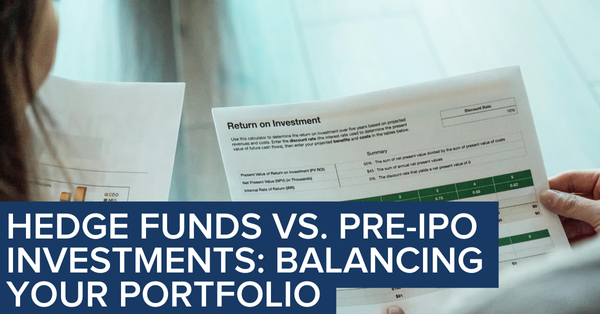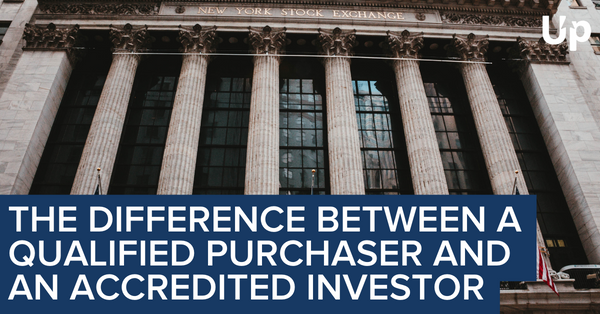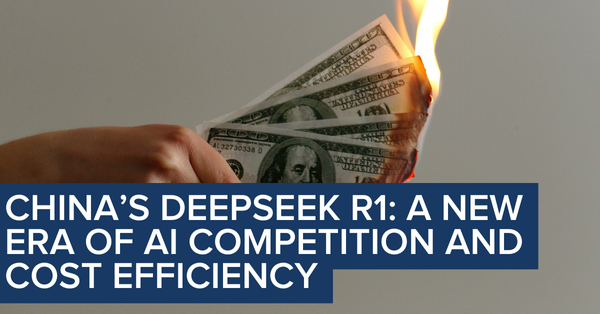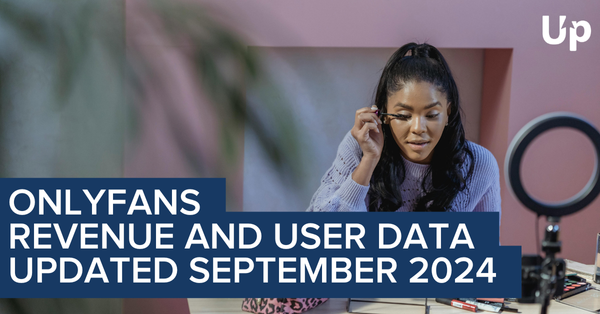Free Pre-IPO Investment Checklist: A Practical Guide to Venture Secondaries
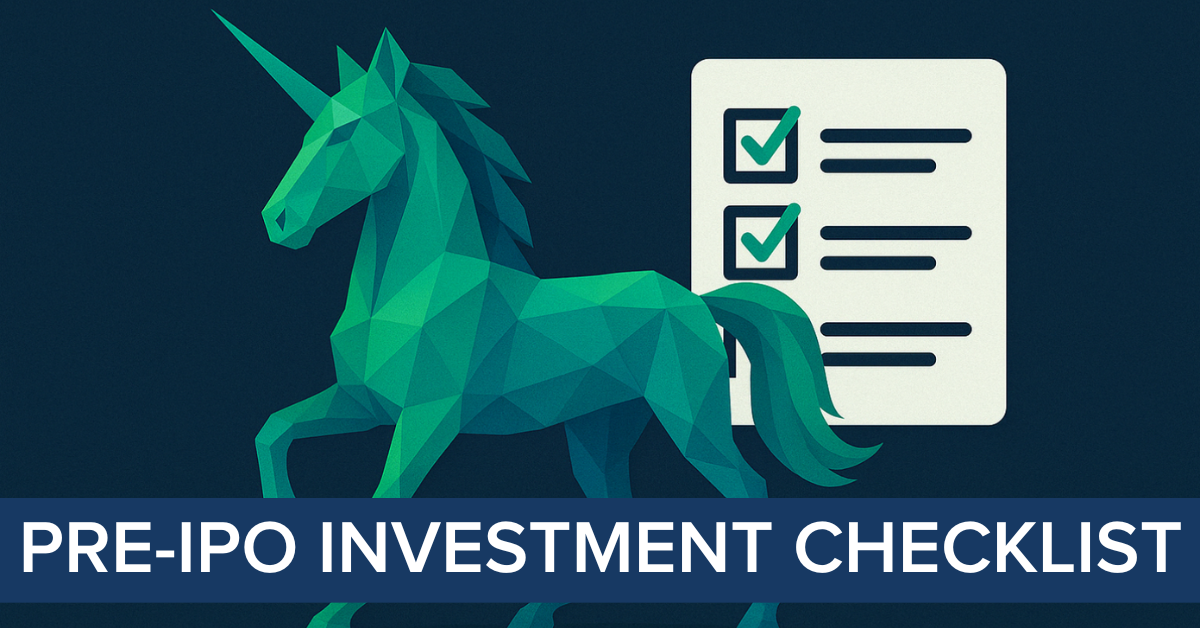
If you’re considering an investment in a private pre-IPO company, particularly through the secondary market, this free checklist is a valuable resource. Investing in companies that have not yet gone public can offer strong potential upside, but it also involves unique risks, limited information, and longer holding periods.
UpMarket’s free Pre-IPO Investment Checklist helps you review deal terms, understand how you're accessing the investment, evaluate potential returns, and decide if the opportunity fits your financial objectives.
This blog post explains how pre-IPO investing works, defines what venture secondaries and employee shares are, highlights key risks and return levers to consider, and helps you determine if these investments make sense for you.
Download the Free Pre-IPO Investment Checklist
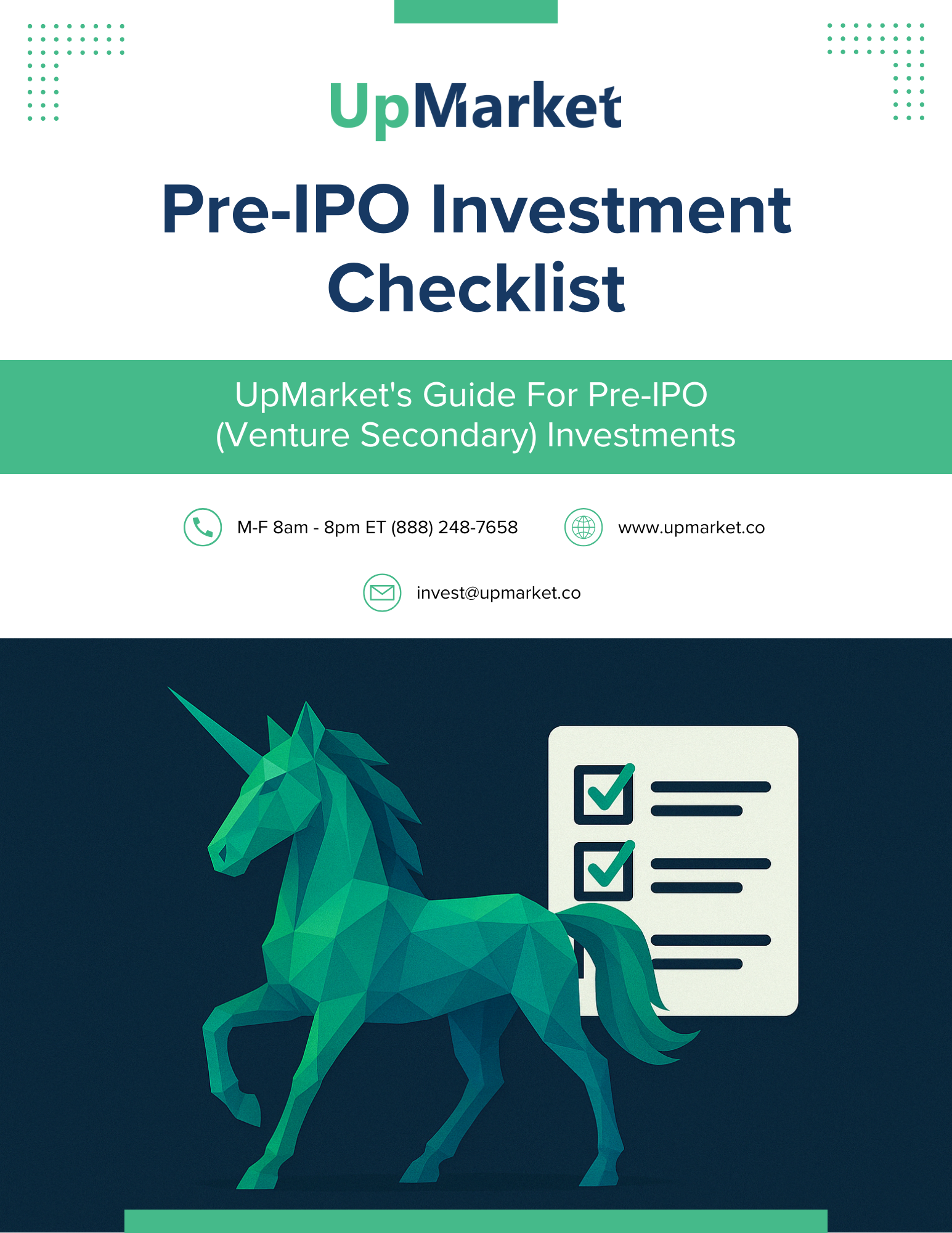
UpMarket has designed this free checklist to help you:
- Evaluate the company you’re investing in
- Understand risks and investment underwriting
- Understand how you’re gaining access (SPV, direct, employee shares)
- Review key terms, valuation, fees, and liquidity timelines
- Spot risks and compare potential return scenarios
Keep reading to understand how the pre-IPO market works, what to look out for, and whether these types of investments might be a good fit for you.
Why Pre-IPO Investing Matters
Private companies are raising more capital and staying private longer, meaning investors waiting to invest at IPO may miss out on much of the upside. Pre-IPO investments can offer earlier exposure, but they may also bring more complexity and risk.
Here’s why this growing area of the market is getting more attention:
- Much of a company’s value growth may occur before it ever trades publicly
- Access is limited and often requires accreditation, a network to bring you deals, or specific fund participation
- The risks — illiquidity, information gaps, and fees — are real and must be weighed carefully
What Is a Pre-IPO Investment?
Pre-IPO investing means buying shares in a private company before it lists on a public exchange. These investments typically happen through specific channels and carry different risks than traditional stock purchases.
You’ll most often invest through:
- Private investment funds or syndicates
- Special Purpose Vehicles (SPVs) that pool investor capital
- Secondary marketplaces and broker-dealers that connect buyers and sellers of private shares
What Are Venture Secondaries?
Venture secondaries let you purchase shares from early employees (often via tender rounds) or investors who want liquidity. These aren’t newly issued shares — they already exist and are being transferred privately.
Key things to know about secondaries:
- Shares may come with restrictions or require company approval
- Pricing can vary widely based on market sentiment or the urgency of the seller
- You’re often buying common shares, which may have fewer protections than preferred shares
What Are Employee Shares?
Employee shares are one option to invest in private companies. These typically originate from early employees at the private company of interest in the form of options or RSUs granted as compensation.
Before investing in employee shares, consider:
- Whether the shares are vested and transferable
- If the company has a right of first refusal or other transfer restrictions (right of first refusal and company approval requirements can be a big issue!)
- How do these shares differ from those held by institutional investors
How Big Is the Pre-IPO Secondary Market?
The private secondary market has grown rapidly as more companies delay going public. It’s now a $122 billion annual market. In April 2025, Bloomberg reported that in 2025, companies were expected to sell around $74 billion in secondary shares, and investors were expected to sell around $48 billion in shares.
Image credit: Bloomberg
Some key stats and trends:
- According to Bloomberg, “An estimated $122 billion in assets are expected to change hands on the secondary market in 2025, up from $25 billion in 2012”
- More platforms like UpMarket are now focused solely on secondary investments
- Increasing participation from family offices, RIAs, and high-net-worth individuals
Considerations When Buying Pre-IPO Shares
Pre-IPO deals are not standardized — each one has its own terms, risks, and structure. That’s why we created this free checklist to provide you with a framework to analyze any given pre-IPO / secondary market opportunity.
The guide will provide the most comprehensive overview, but be sure to evaluate:
- How you’re accessing the shares (direct, SPV, employee resale)
- What share class are you buying (common or preferred)
- Whether the price is at a discount or premium to the company’s last round
- Total fees, including management, carried interest, and other costs
- Liquidity terms — when and how you might exit
- Tax implications, especially if the fund distributes cash instead of shares
How Do I Know a Company Will IPO and When?
You don’t. Any prognosticating about when a company will go public that is not sourced from leadership at the company should be largely ignored. Investors should be cautious and assume extended hold periods unless exit timelines are clearly defined by company management (which is extremely rare).
Companies may never IPO, and when you underwrite a pre-IPO investment, that should be factored into your risk assessment. While it is impossible to predict when a company will IPO, there are key steps that a company typically takes when nearing IPO, which include:
- Hires of experienced CFOs or public-company advisors
- Engagement of underwriters or legal IPO counsel
- SEC filings (e.g., confidential S-1)
- Consistent late-stage fundraising that signals maturity
Is Pre-IPO Investing Right for Me?
These investments aren’t right for everyone. They require patience, risk tolerance, and an understanding of the private market landscape. Additionally, you’ll often need to meet some net worth or sophistication requirements to invest at all.
Ask yourself:
- Am I an accredited investor or a Qualified Purchaser?
- Can I afford to lock up capital for 5-10 years?
- Am I willing to risk a significant capital loss?
- Does this align with my overall portfolio goals and diversification plan?
- Am I comfortable with limited transparency and information?
Key Investment Terms to Know
Before reviewing any deal, it helps to understand the core language of private market investing. These are the building blocks of every private placement memorandum and offering document. You can view our free private-market investment glossary for more key terms and definitions.
At a minimum, be sure to familiarize yourself with:
- SPV – A legal vehicle used to bundle investor capital into a single deal
- Cap Table – A breakdown of all company ownership, including share classes
- Preferred vs. Common Shares – Preferred usually has liquidation and voting advantages
- Liquidation Preference – Who gets paid first when the company exits
- Lock-up Period – The time after IPO during which shares can’t be sold
Final Thoughts
Pre-IPO and venture secondary investing can offer meaningful opportunities, but it also requires careful analysis, diligence, and a long-term view.
Use our free checklist to stay grounded and ask the right questions as you evaluate investments. Ultimately, every investor needs to make the right choice for their individual circumstances. Regardless of whether you end up tapping into private markets, we hope this guide can be a helpful resource for you.
📩 Questions? Reach out to: invest@upmarket.co
🔗 Learn more at www.upmarket.co
Important Disclaimers:
This checklist is provided by UpMarket Securities LLC ("UpMarket") for general informational purposes only. It is not intended to constitute, and should not be construed as, investment advice, an offer to sell, or a solicitation of an offer to buy any securities. Completion or review of this checklist does not constitute a recommendation or endorsement of any investment by UpMarket. Nothing in this document should be interpreted as a guarantee of investment performance, suitability, or future outcomes.
This checklist is not exhaustive and is not a substitute for individualized due diligence. Each investor's financial circumstances, risk tolerance, and investment objectives are unique. Prospective investors must use their own judgment and consult with financial, tax, and legal advisors before making any investment decisions. This document does not attempt to identify all factors or risks that should be considered.
Use of this checklist does not imply any warranty or assurance by UpMarket regarding the quality, completeness, accuracy, or performance of any investment opportunity—whether offered by UpMarket, its affiliates, or unaffiliated third parties. Investors should perform their own independent analysis and rely solely on the final offering documents, which include complete information on the investment's objectives, terms, risks, and fees.
UpMarket does not guarantee the accuracy or sufficiency of any third-party information referenced in this checklist. All projections, data points, or illustrative returns are for informational purposes only and do not represent any guarantee of future performance. Past performance is not indicative of future results. Pre-IPO and alternative investments carry substantial risks, including loss of principal, limited liquidity, and long holding periods, and are not suitable for all investors.
Sales of fund interests in the United States are conducted through UpMarket Securities LLC, a registered broker-dealer and member of FINRA. Offerings are made under an exemption from registration pursuant to Regulation D of the U.S. Securities Act of 1933 and are only available to accredited investors. Sales outside the United States are conducted in accordance with Regulation S and are offered by non-UpMarket Securities entities.
About UpMarket
UpMarket's mission is to unlock the private markets for individual investors.
We provide access to a range of asset classes and investment strategies that span private equity, hedge funds, crypto, real estate, and other alternative assets.
The problem
- A large barrier to entry due to high investment minimums
- Time-intensive because sourcing deals is a lot of work even if you’ve got a great network, and
- Costly because of investment-related diligence costs, paperwork, and legal fees
The solution
- Offering lower investment minimums
- Sourcing and conducting diligence on opportunities for investors, empowering them to pick and choose from pre-screened opportunities
- Making the investment process entirely digital, straightforward, and easy to manage from a single portal


